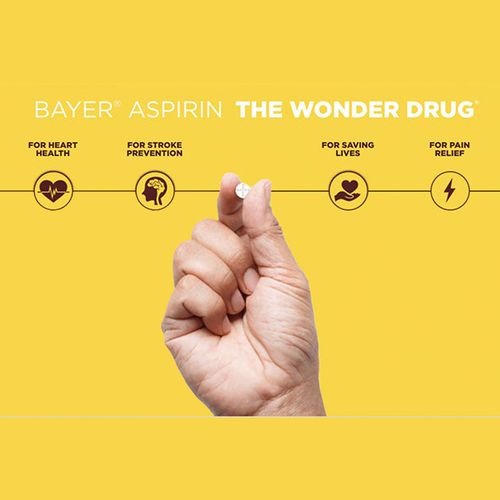A combination of the clot-preventing drug clopidogrel (Plavix) and aspirin was more powerful than aspirin alone in reducing the formation of tiny but threatening blood clots in a study of people at very high risk of stroke, European researchers report.
The Study
The study looked at 107 participants at 11 medical centers in Europe. All patients had at least a 50% narrowing of the carotid artery, the main blood vessel carrying blood to the brain, and all had experienced either a stroke or a transient ischemic attack (TIA)-commonly called a "mini-stroke"—in the previous three months.
Aspirin to prevent clot formation is the standard treatment for such patients.
A technique called transcranial Doppler ultrasound, which can detect the smallest of blood clots, showed that such clots formed in only 44% of the patients treated with both clopidogrel and aspirin, compared with 73% of those who got aspirin alone.
The formation of such clots is a warning sign of a potential major stroke, says Dr. Hugh S. Markus, lead author of the report and professor of neurology at St. George's Hospital Medical School in London. The trial was designed to show that "by treating these patients more aggressively, we can prevent strokes," he says.
Although the study looked at a small number of people who were treated for only seven days, it is the first step on the same path that established the use of this two-drug combination in the treatment of heart disease.
Still, Markus believes longer studies with more participants are needed to examine the benefits of the two-drug therapy for stroke.
Combination Advantage
Aspirin and Plavix prevent clots by inhibiting the blood cells called platelets from clumping together. Several studies have shown the benefit of this combination therapy in treating heart conditions, says Dr. Marc S. Sabatine, associate physician in the cardiovascular division of Brigham and Women's Hospital in Boston, and a leader of one such trial.
In that trial, using the combined drug treatment in people who had major heart attacks was more effective at reducing mortality than a single drug, Sabatine says.
Other studies have shown that the drug duo helps keep arteries open after the implantation of stents, and the combination is now the standard therapy.
The two-drug regimen has also been shown to reduce the death rate by 20% in people who have smaller heart attacks or unstable angina, chest pain that might indicate an impending heart attack.
So it seems logical that the combination should work against stroke, says Sabatine, since a blocked artery is the cause of an ischemic stroke as well as a heart attack. The only difference is in a stroke, the blocked artery is in the brain instead of the heart.
In both cases, trouble begins with the formation of plaque, cholesterol-rich fatty deposits in an artery. If a plaque ruptures, platelets are activated to form major clots that can block the artery.
